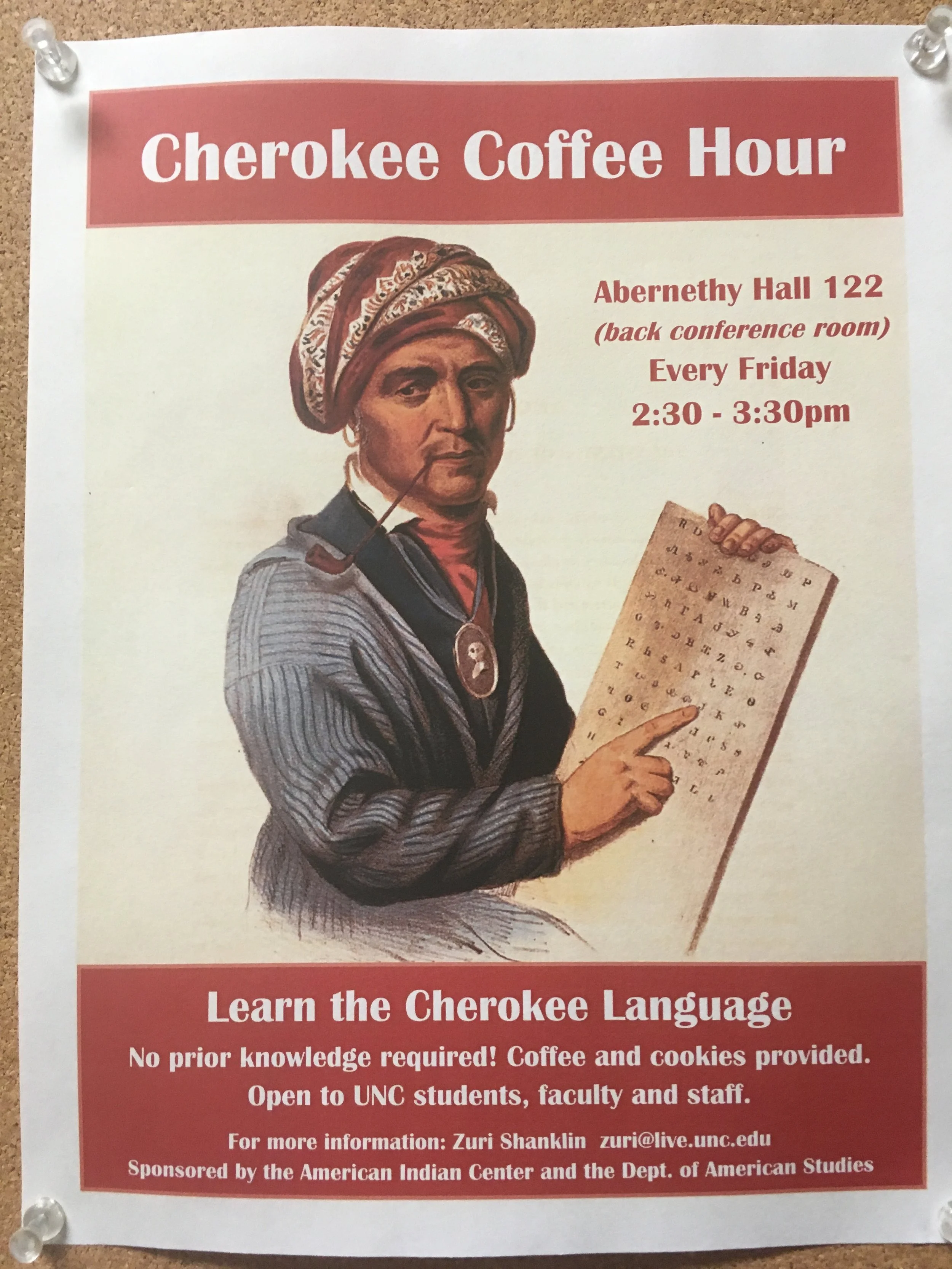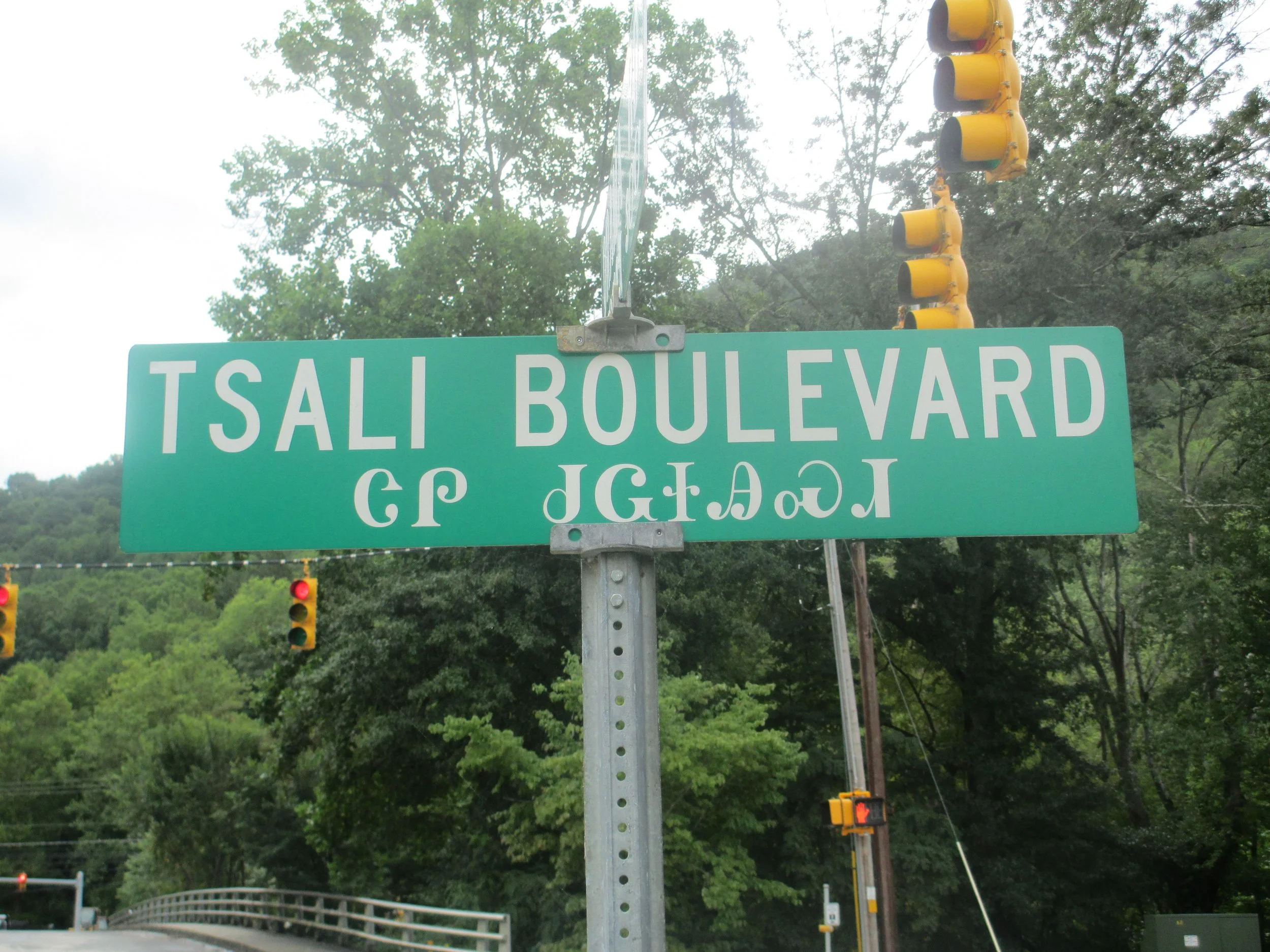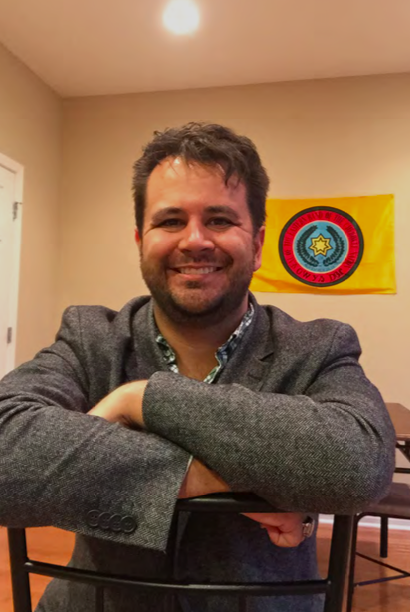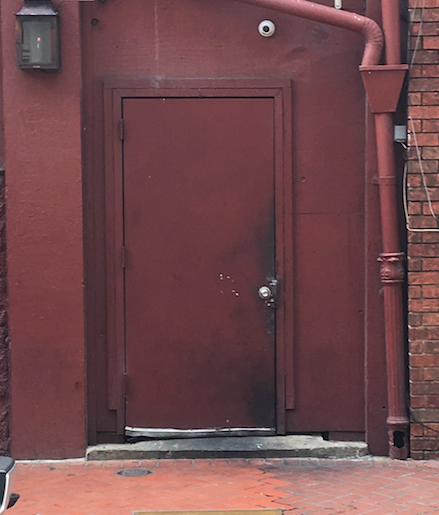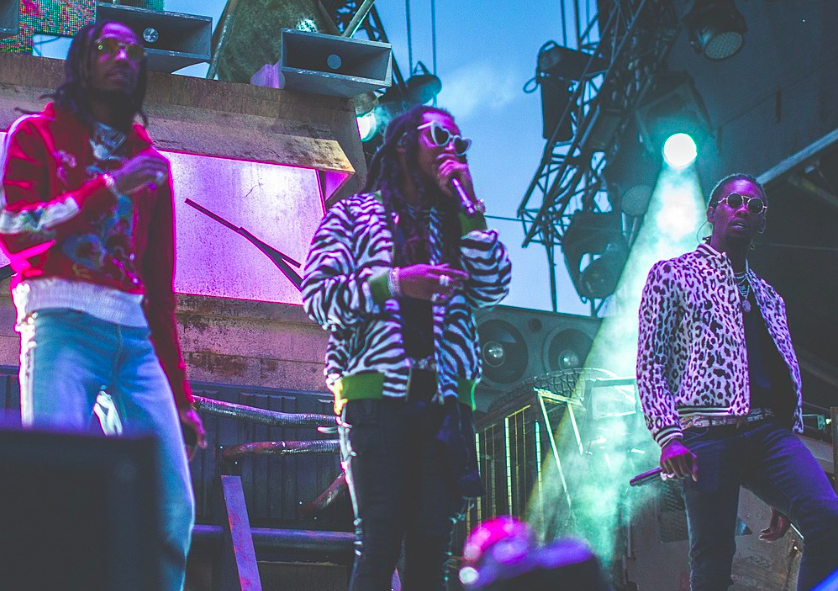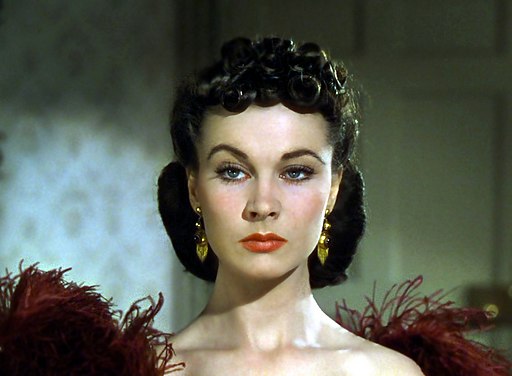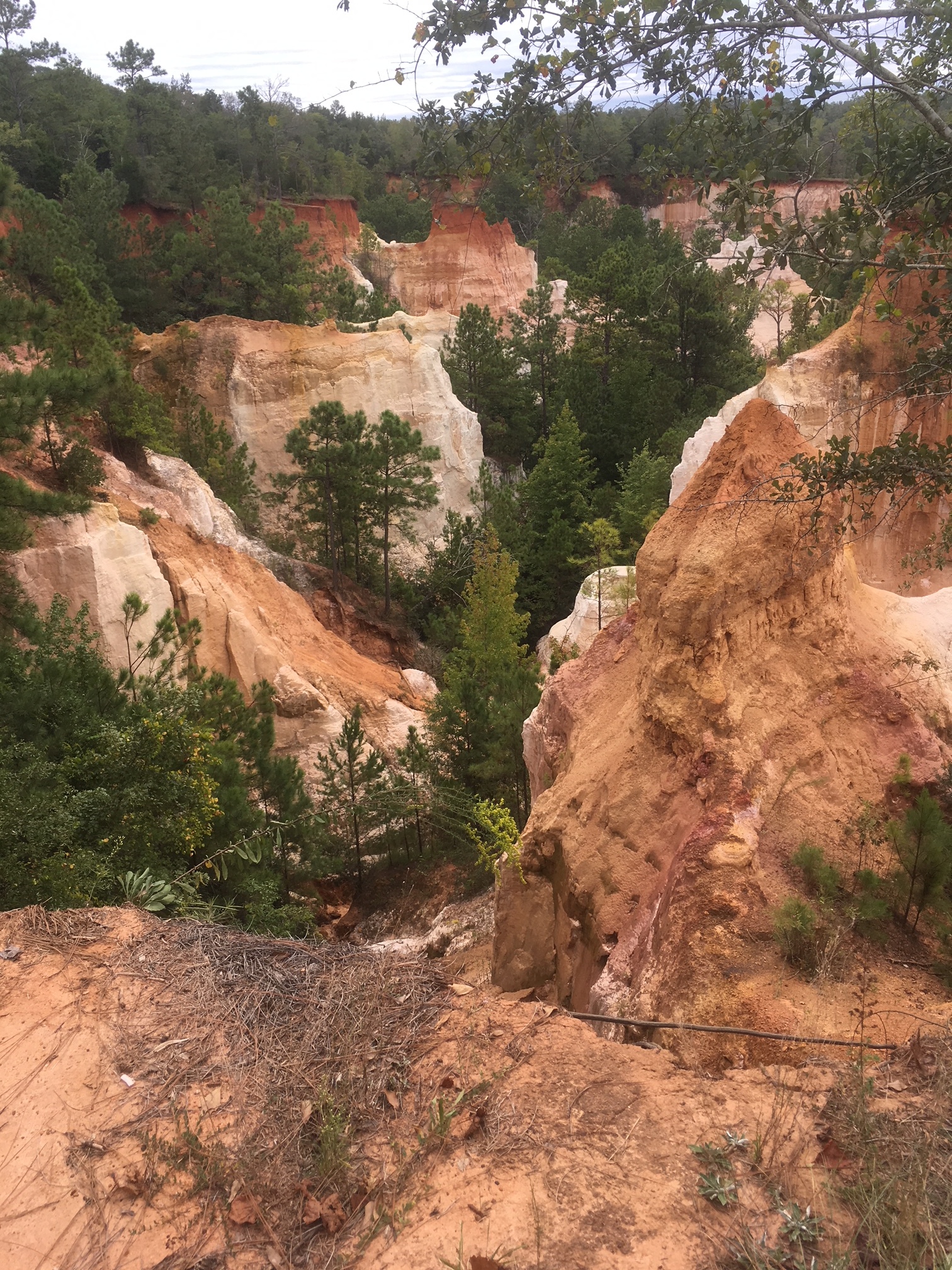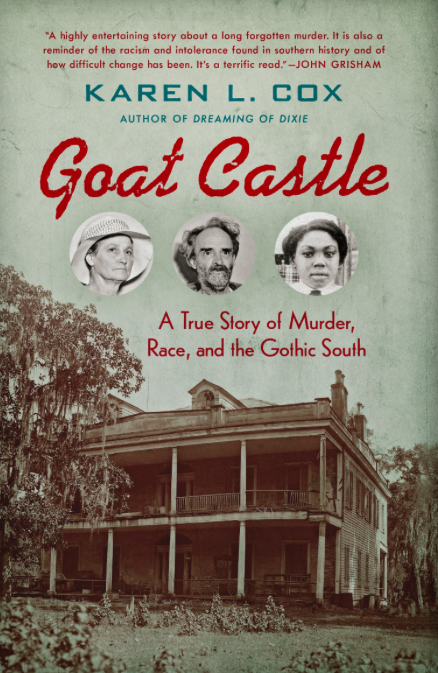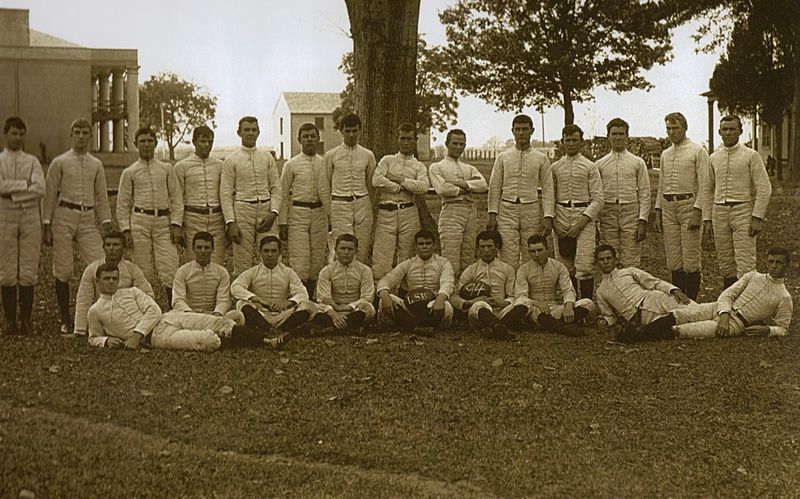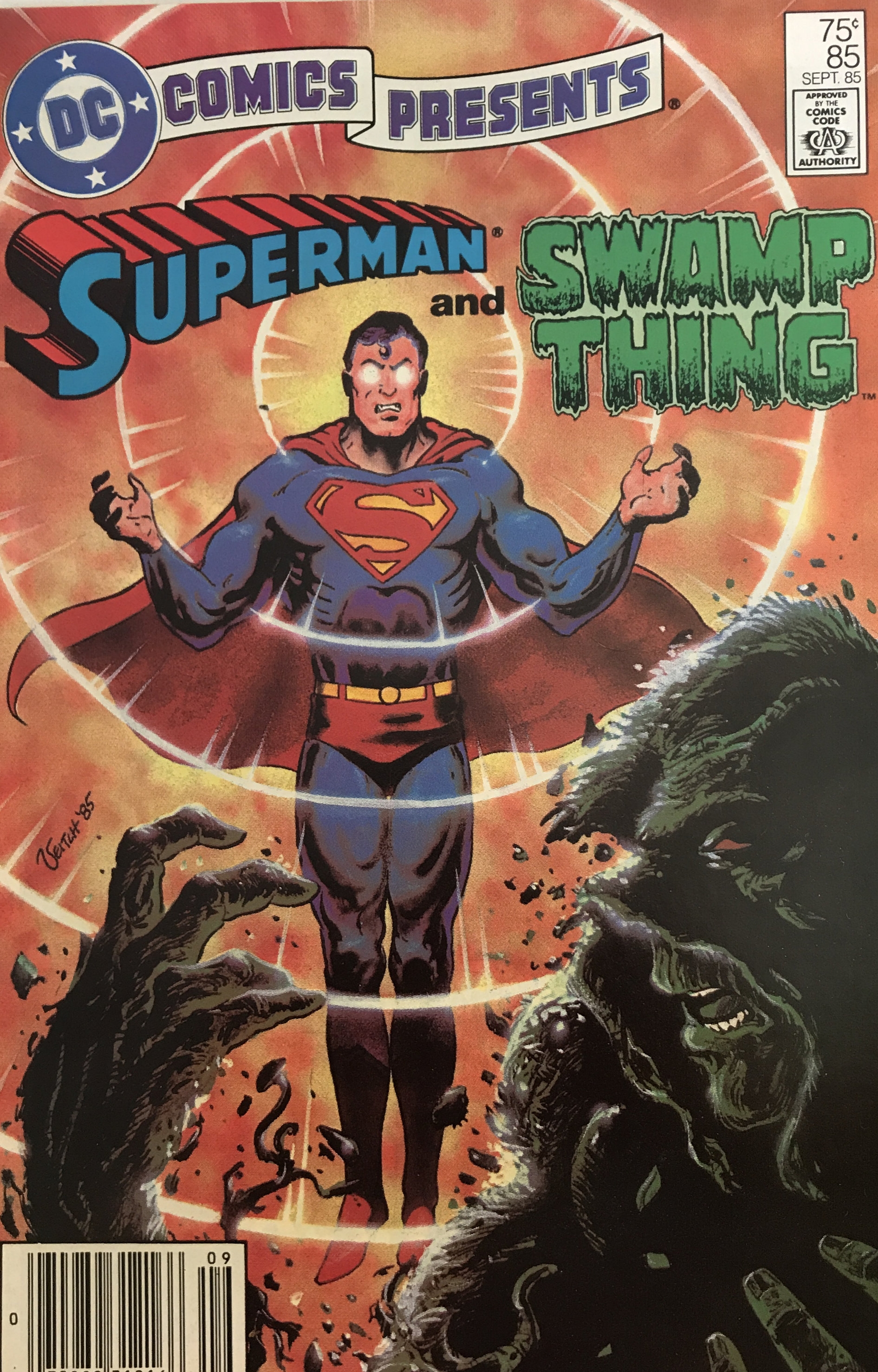This week, we’re back in Boone — well, Banner Elk — North Carolina. We sat down with Zackary Vernon, an assistant professor in the Department of English at Appalachian State University. Zack has lived in Boone for three years and chronicled his early days in the high country in the essay, “Adventures of a Bad Environmentalist.” The piece was published in the North Carolina Literary Review and won the first Alex Albright Creative Nonfiction Prize. We talked with Zack about what it means to be an environmentalist and the problematic nature of environmentalism.
Looking out from Zack’s front yard.
Banner Elk, Boone, West Jefferson, and Blowing Rock, all nestled in the Blue Ridge Mountains, comprise the “high country” of southern Appalachia. Each town in the high country has a different population and a different feel, from wealthy second homers and retirees to ski resorts and financially challenged college students.
When Zack moved to Boone, he was excited to live among nature, have a small farm, raise chickens, and the like. Environmentalism sounded good, but it turned out to be much messier and far less idyllic than Zack had imagined. In environmental circles, Zack says, there’s a tendency to romanticize oneness with nature. That all wore off when he found himself playing judge, jury, and executioner of the creatures around him.
Zack Vernon, admitted “bad environmentalist”
Zack reads from his piece, “Boone Summer: Adventures of a Bad Environmentalist.” He ruminates on his somewhat eccentric neighbor, Larry, and the feces-filled realities of being a good environmental steward.
After the reading, Gina and Zack discuss his forthcoming environmental tell-all book, in which Zack pulls the curtain back on how messy and uncomfortable environmentalism is. “Sometimes it feels like you’re violating your most basic principles in order to live this principled life you envisioned for yourself,” he says.
Sound Note: There is a small sound glitch around minute 20:45 of this episode. We apologize for this hiccup in the original recording. Sometimes computers fail us. Zack says, “We see no tracks in the garden, but there is a pile of shit out in the garden.”


